A big trend in public education currently is something called “Maker education” or “Maker learning.” There isn’t one universally settled upon definition though its proponents generally use terms like “hands on” and “learner-focused” to describe it.
Benjamin Herold writing in Ed Week said “maker learning” refers to a “wide variety of activities (from computer programming to sewing) that support the development of a mindset that values playfulness and experimentation, growth and iteration, and collaboration and community.
Maker education is part of the broader, loosely organized ‘Maker Movement’ of tinkerers, DIYers, computer programmers, and hackers who put a lot of stock in the act of creation itself and the experimentation and failure that often goes into that.
As you may be able to tell, there’s a lot of buzzwords to sift through when talking about “Maker education.” But what does this look like in schools?
We wanted to try and answer that question. And in the Kansas City metro area where No Wrong Answers tapes there are few schools to get that answer more clearly than Lewis and Clark Elementary in Liberty, Missouri. The school has undergone a revolution of sorts in how teachers their teach and how students learn. And that’s due in large part to the school’s implementation of Maker strategies.
We went there and did something we’ve never done: a live taping of our podcast in front of a small audience of teachers, parents, and students. We wanted to ask people in Lewis and Clark’s community what “Maker education” has meant to them.
Music used in this episode is Inspiring Corporate and Scottish Indie by Scott Holmes; all have been edited.

